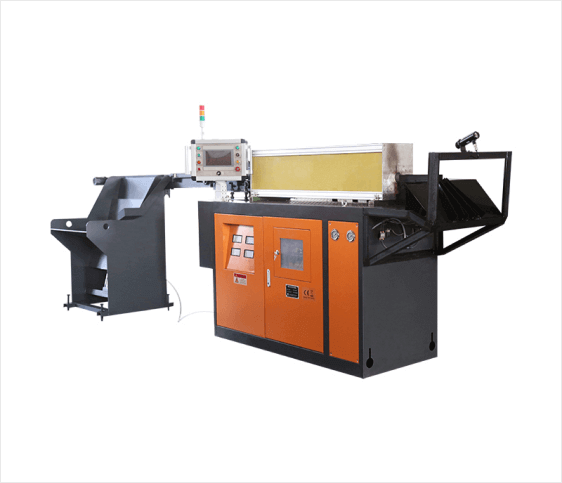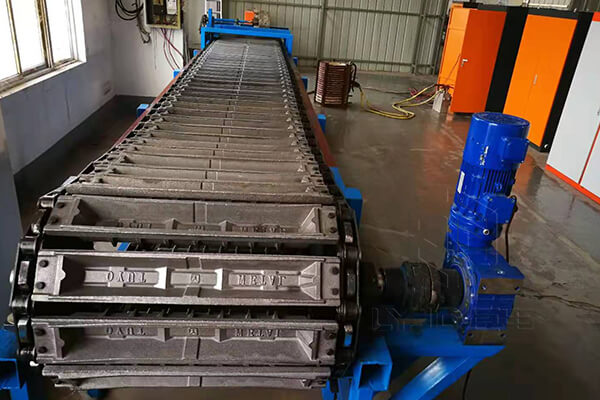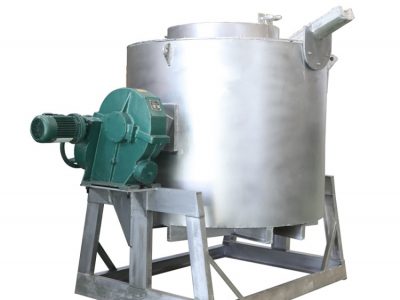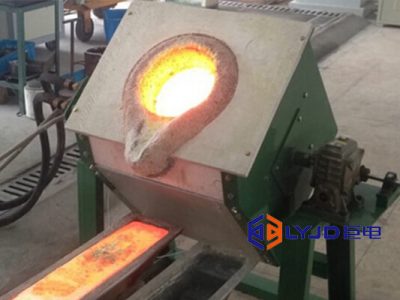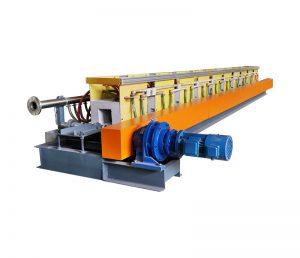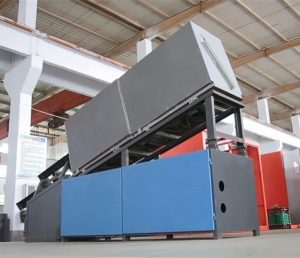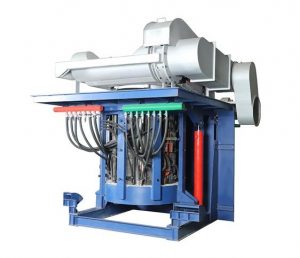The capacity of an ingot casting machine can vary depending on factors such as the size of the machine, the type of metal being cast, and the desired size of the ingots.
The capacity of an Ingot Casting Machine
Generally, ingot casting machines can produce ingots ranging in weight from a few kilograms to several tons. Some small-scale ingot casting machines may only be capable of producing a few hundred kilograms of ingots per hour, while larger machines in industrial settings may be capable of producing several tons of ingots per hour.
The specific capacity of an ingot casting machine should be listed in the machine's specifications and will depend on the manufacturer and model of the equipment.
Factors to Decide the Capacity of an Ingot Casting Machine
There are several factors that need to be considered when deciding the capacity of an ingot casting machine. Here are some of the most important factors to consider:
The capacity of Melting Furnaces
Generally, a foundry factory will apply more than one furnace to melt metal. There are various capacities for melting furnaces. For example, the capacity of the aluminum induction melting furnace ranges from 100kg, 250kg, 500kg, and 1 ton to 10 tons. So the amount of the liquid metal to be poured into the ingot casting machine will be significantly different. It will affect the moving speed and the number of molds in the whole casing line of the ingot casting machine.
Type of Metal
Each metal has its own specific gravity and melting point. The machine capacity should be determined by the melting point and specific gravity of the metal being cast. For example, casting aluminum requires different conditions than casting copper or steel.
Desired Ingot Size
The size and weight of the ingots to be produced will determine the capacity of the machine. The machine's crucible size and casting mold will determine the size of the ingots that can be produced. If more enormous ingots are required, a larger machine capacity is needed.
Production Rate
The rate of production needed is an important factor in determining machine capacity. The production rate required will depend on the customer's demand levels and the lead time needs.
Workload and Efficiency
The capacity of an ingot casting machine also depends on its workload and efficiency. Operators must be able to efficiently manage the machine to achieve quicker casting times, which ultimately increases the machine's capacity.
Available Space and Budget
Available space and budget are also important factors in determining machine capacity, as larger machines may require more floor space and larger budgets.
Ultimately, the best approach to deciding on an ingot casting machine's capacity is through consultation with a qualified supplier or manufacturer. Based on the above factors and the specific needs of your application, they can provide valuable guidance on machine selection and capacity.
